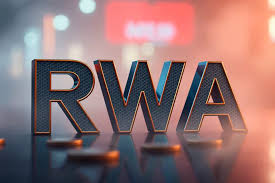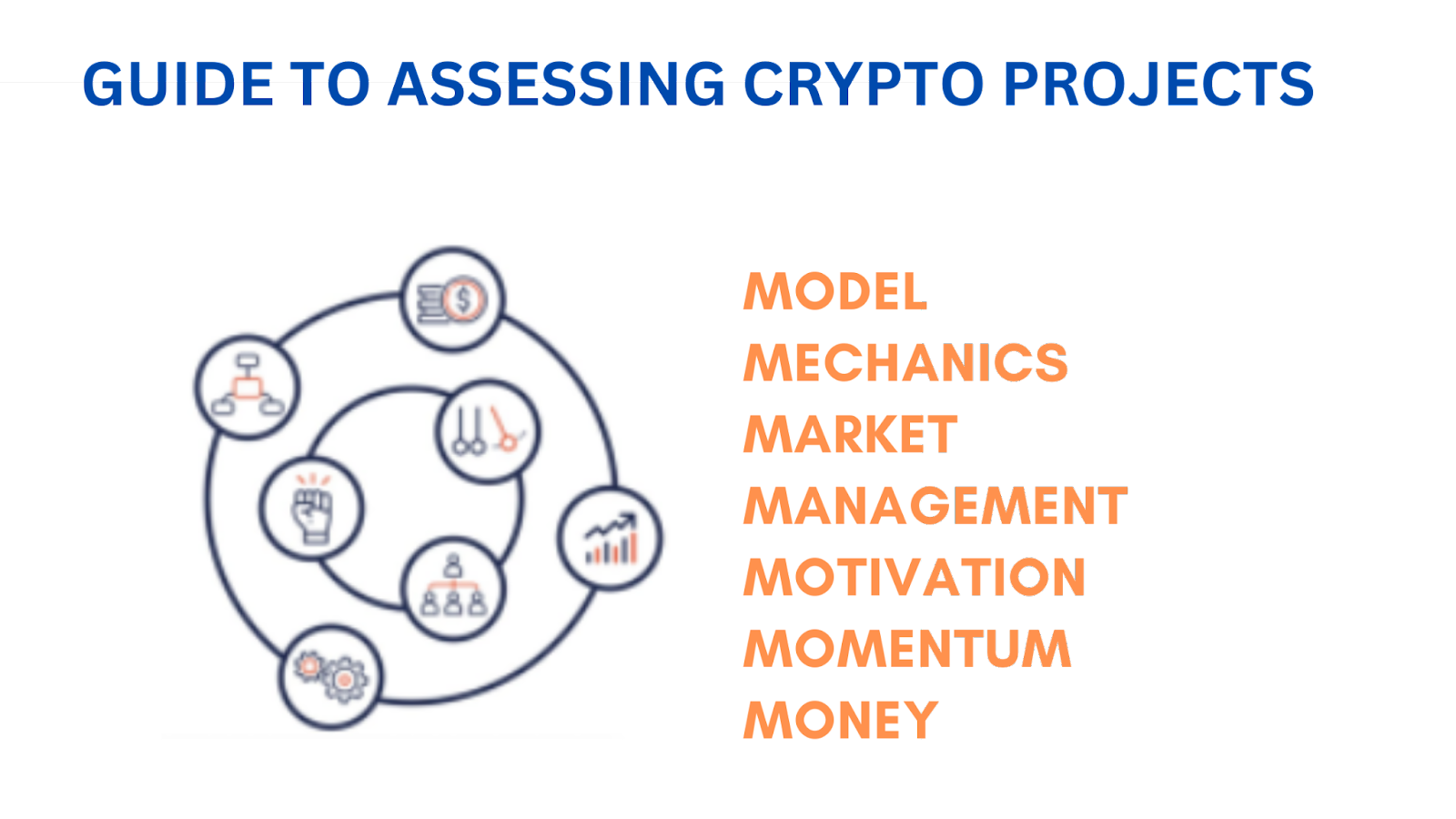
For over a decade, blockchain has been synonymous with cryptocurrency. Bitcoin’s meteoric rise, the ICO boom of 2017, and the NFT craze of 2021 painted a picture of a technology defined by speculation, volatility, and hype. For many, blockchain was simply the rails on which speculative assets moved.
But that narrative is changing. Quietly, behind the headlines, blockchain and its broader ecosystem, commonly referred to as Web3, are beginning to reshape real-world industries. The shift is away from trading coins and toward building transparent systems, decentralized ownership models, and digital infrastructures that solve long-standing problems across finance, healthcare, logistics, real estate, and more. We are entering the era of “utility over hype,” and the implications are profound.
1.Moving Beyond Speculation
Cryptocurrency trading may have been blockchain’s gateway to mass awareness, but it’s not the endgame. The underlying infrastructure has matured dramatically over the past few years.
Layer 2 solutions like Polygon and Arbitrum have made transactions faster and cheaper, while interoperability projects such as Polkadot and Cosmos are enabling blockchains to communicate across ecosystems. Meanwhile, global regulators are beginning to provide clearer frameworks, sometimes cautiously, sometimes aggressively, for integrating blockchain into traditional systems.
This maturing environment means innovators can now focus less on speculative assets and more on sustainable use cases. The technology is starting to fade into the background, powering solutions in a way that mirrors how the internet became invisible infrastructure for modern life.
2.Key Real-World Applications
2.1 Supply Chain & Logistics
Global supply chains are notoriously opaque. Products move through dozens of intermediaries, leading to fraud, inefficiency, and a lack of transparency. Blockchain offers a tamper-proof ledger to record every step, from origin to consumer.
For instance, IBM Food Trust uses blockchain to trace food from farm to table, increasing accountability and reducing foodborne illness risks. Maersk’s TradeLens platform (though recently discontinued due to adoption challenges) demonstrated the potential for digitized shipping records, eliminating mountains of paperwork and manual reconciliation.
The lesson: Although adoption challenges exist, blockchain is proving essential in industries where trust and verification are crucial.
2.2 Healthcare
Healthcare systems worldwide suffer from fragmented data, privacy concerns, and inefficiency. Blockchain offers potential solutions by enabling secure, decentralized medical records that patients control and share with providers when needed.
Projects like MediLedger explore drug supply chain verification to prevent counterfeit medications. Blockchain can also streamline clinical trials by ensuring transparency in data reporting and maintaining immutable logs of results.
The opportunity is vast: from reducing fraud in medical billing to enabling cross-border health record portability, blockchain could shift healthcare toward efficiency and patient empowerment.
2.3 Finance (Beyond DeFi & Trading)
Decentralized finance (DeFi) popularized the idea of peer-to-peer lending, staking, and yield farming, but blockchain’s impact on finance extends further.
Tokenization of real-world assets (RWA), such as real estate, commodities, or even art, allows fractional ownership, opening investment opportunities to a global audience. Startups are already enabling micro-investments in luxury assets like fine wine or rare cars via blockchain-based tokens.
Cross-border payments, another area ripe for disruption, can benefit immensely from blockchain. Traditional international transfers are slow and costly, while blockchain enables near-instant settlement at a fraction of the cost. Central banks are taking note: the rise of CBDCs (Central Bank Digital Currencies) shows how governments themselves are experimenting with blockchain-based financial systems.
2.4 Real Estate
Real estate transactions are famously cumbersome, with layers of intermediaries, high costs, and long settlement periods. Blockchain offers smart contracts that automate property transfers, cutting down on inefficiency.
Platforms are also experimenting with fractional ownership, allowing multiple investors to co-own properties through tokenized shares. This democratizes access to real estate investment, an asset class historically reserved for the wealthy.
In emerging markets, blockchain could also address land title disputes by creating immutable property records, offering clarity and security for millions who lack formal ownership documentation.
2.5 Gaming & Entertainment
Few industries illustrate Web3’s potential as vividly as gaming. Traditional games rely on centralized servers, and players never truly own the assets they buy. In contrast, blockchain enables true digital ownership, where in-game items are represented as NFTs transferable between platforms.
Play-to-earn models surged during the NFT boom, though many collapsed due to unsustainable economics. Today, the next generation of blockchain-based games aims to balance gameplay quality with tokenized economies, focusing less on speculation and more on enriching the player experience.
In entertainment, blockchain supports new distribution models. Musicians and creators can sell directly to fans via NFTs or tokenized memberships, bypassing intermediaries and retaining more control over their revenue streams.
3.Web3 and the Future of Digital Ownership
At its core, Web3 is about decentralization and ownership. Unlike Web2, where platforms own and monetize user data, Web3 envisions a digital economy where individuals retain control.
Decentralized identity (DID) gives users portable, self-sovereign credentials they can use across platforms without depending on centralized providers. NFTs, beyond being speculative art pieces, are evolving into tools for membership verification, access passes, and proof of ownership for both physical and digital goods.
Another transformative concept is the DAO (Decentralized Autonomous Organization), a governance structure where communities collectively decide the direction of a project through token-based voting. DAOs are still experimental but hold potential to disrupt how organizations, clubs, and even businesses are managed.
4.Challenges on the Road Ahead
Despite its promise, blockchain adoption faces significant obstacles:
- Scalability & Energy Use: Although Ethereum’s transition to proof-of-stake reduced energy consumption dramatically, scaling remains an issue. Transaction throughput must improve for mainstream adoption.
- Regulatory Uncertainty: Governments differ widely in their approach, from supportive regulation (Switzerland, Singapore) to outright bans (China). Lack of consistency hampers global adoption.
- User Experience: Wallets, seed phrases, and gas fees remain intimidating for average users. Simplified interfaces and better education are needed.
- Centralization Risks: Ironically, the consolidation of power by large exchanges or infrastructure providers poses a threat to the decentralization ethos that blockchain was built on.
These hurdles highlight that blockchain’s road to utility is not guaranteed—it must evolve to meet real-world needs while staying true to its principles.
5.Case Studies of Emerging Leaders
Some companies are already showing what blockchain utility looks like in practice:
- VeChain: Focused on supply chain transparency, particularly in luxury goods and agriculture.
- Chainlink: Providing decentralized oracles that connect blockchains with real-world data.
- Circle (USDC): Demonstrating how stablecoins can bridge traditional finance and Web3.
- Helium Network: Building decentralized wireless infrastructure powered by blockchain incentives.
These examples highlight the breadth of innovation, each tackling a specific real-world challenge rather than chasing hype.
6.Looking Forward
The next decade will likely see blockchain become part of the internet’s invisible plumbing, underpinning systems we use daily without even realizing it. Just as few people think about TCP/IP when browsing the web, blockchain may eventually fade into the background while enabling trust, ownership, and efficiency.
Expect convergence with other emerging technologies: AI could analyze blockchain data for predictive insights, IoT devices could log immutable records of activity, and the metaverse could rely on Web3 for asset ownership and interoperability.
Ultimately, blockchain’s future is not about replacing traditional systems but augmenting them with transparency, efficiency, and new models of ownership.
7.Conclusion
Blockchain’s journey from hype to utility marks a pivotal transition. While cryptocurrency speculation grabbed headlines, the real story lies in how Web3 technologies are quietly reshaping industries as diverse as healthcare, logistics, gaming, and real estate.
The shift is clear: blockchain is no longer just about trading tokens, it’s about creating systems of trust, efficiency, and ownership that challenge how we interact with the digital and physical world.
For professionals, investors, and industries alike, the time to explore blockchain’s practical potential is now. Those who embrace this transition early may find themselves shaping the future, not just reacting to it.
Disclaimer: This content is for educational and reference purposes only and does not constitute any investment advice. Digital asset investments carry high risk. Please evaluate carefully and assume full responsibility for your own decisions.
Join MEXC and Get up to $10,000 Bonus!
Sign Up


